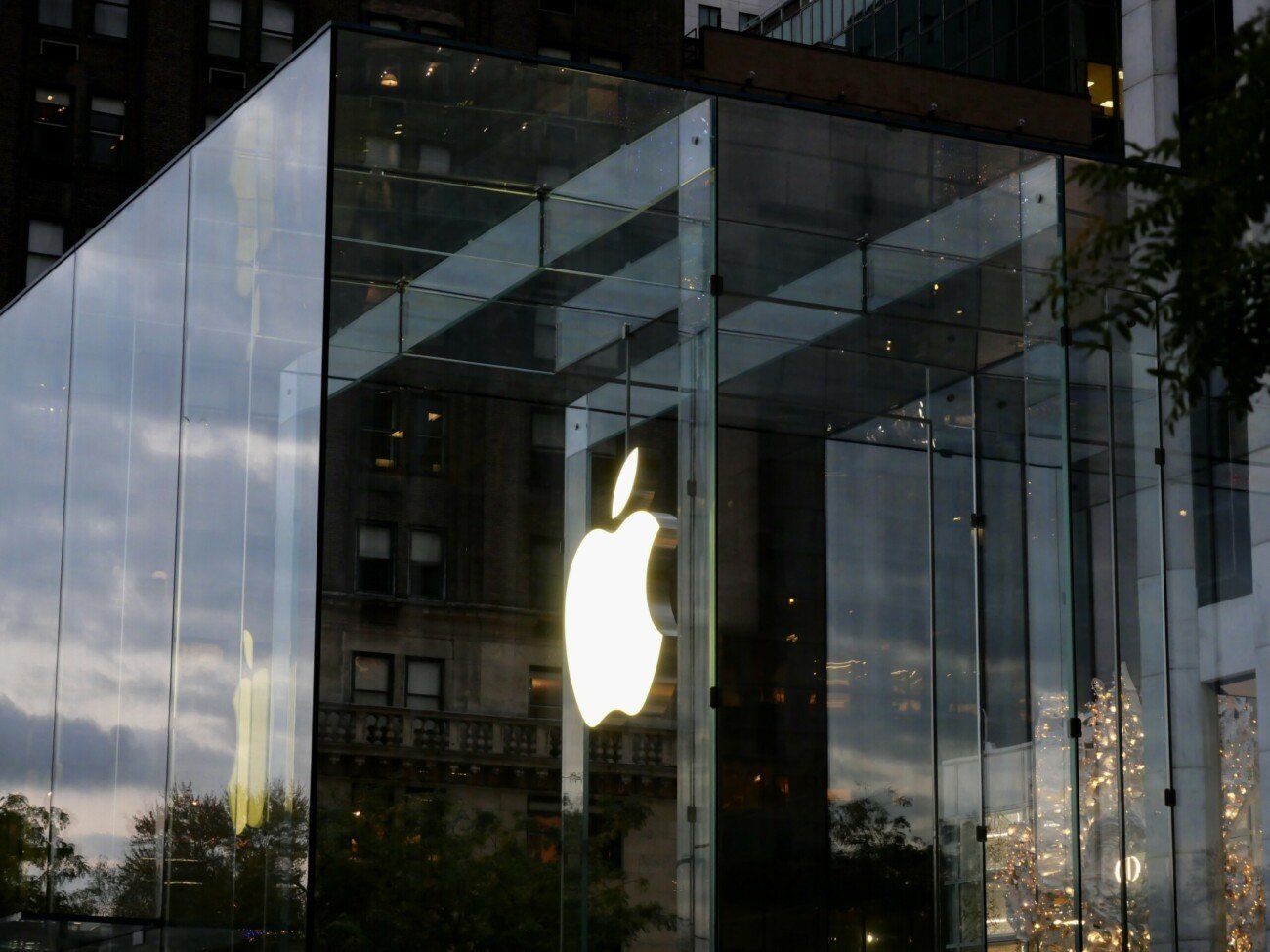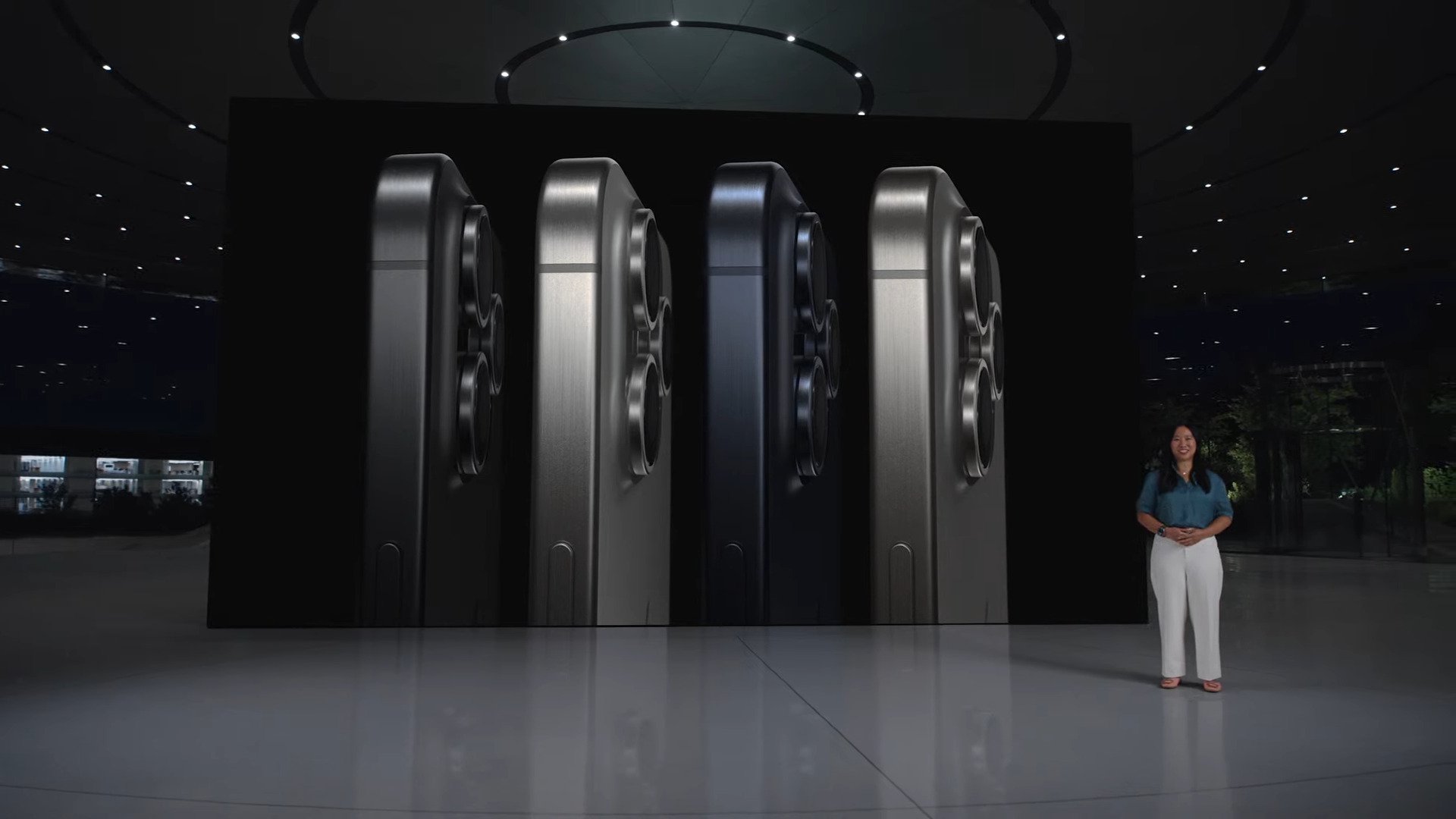Despite the billions spent and years of work invested in the development of an in-house 5G chip, Apple would not be able (at all) to match the performance of the best modems from Qualcomm, its current supplier.
Developing a competitive 5G modem chip from scratch or near zero is no walk in the park. And Apple discovers this a little more each year to its cost. Information from the Wall Street Journal indeed suggest that the Cupertino giant’s projects in this area would be far from succeeding in the most favorable way… and this, despite the progress that we reported on a few days ago.
We learn in particular that despite its efforts and the billions invested in this area since the purchase of part of Intel’s modem division in 2019, Apple would still not be able to achieve a competitive 5G chip. . Worse, the firm would have miscalculated its move and the accumulated technological delay would be anything but negligible.
5G made in Apple on iPhones… it’s more complicated than expected
As indicated MacRumors, Apple’s approach would have been punctuated by unrealistic objectives, a misunderstanding of the challenges to be overcome and completely unusable prototypes. Initially, Apple’s plan was to develop a functional 5G chip (codenamed “Sinope”) for fall 2023. An objective for which the firm has recruited furiously in recent years, both at Intel and at Qualcomm.
“ It quickly became apparent to many of the wireless technology experts involved in the project that it was impossible to achieve the set goal.”, however reports the WSJ . And in this case, the obstacles encountered would be “ largely due to Apple», Explain former engineers and executives of the company approached by the newspaper. The latter certainly evoke “ technical challenges”, but also and above all a “poor communication and managers divided on the need to try to design 5G chips rather than buy them“. A reflection that almost sounds like a disavowal.

A sin of pride?
THEWall Street Journalnotably reports a completely failed first prototype and a Kafkaesque internal organization.
Apple had predicted that its modem chip would be ready for use in new iPhone models. But tests late last year found the chip was too slow and prone to overheating. Its circuit board was so large that it would have taken up half of an iPhone, making it unusable.
“Teams were siled into separate groups in the United States and abroad, with no global supervisor. Some executives discouraged engineers from communicating bad news about delays or setbacks, leading to unrealistic goals and missed deadlines», Continues the American economic daily.
Reading between the lines, Apple’s project even takes on the air of a sin of pride. Remember that the firm is at the height of its glory in the field of microprocessor development with the “A” and “M” chips of its iPhone and Mac.
However, the development of processors and that of 5G modems are two radically different things… one being much less arduous than the other. Developing modems actually means designing chips that transmit and receive data from different types of wireless networks. All while complying with strict connectivity standards in order to serve wireless operators around the world, rightly emphasizesMacRumors.
“Apple did not anticipate the complexity of the project»
As it stands, the latest prototypes tested at the end of last year were not at all at the expected level, we learn. Internal sources thus indicated to the Wall Street Journal that the latter were “essentially three years behind Qualcomm’s best modem chip“. Using them would also have forced the iPhone to operate at slower connection speeds than competing smartphones, we read.
For context, Apple and Qualcomm recently agreed to extend their agreement for an additional 3 years. Enough to suggest that Apple’s 5G chips are not about to materialize. The group’s first modems could nevertheless arrive on the iPhone by 2025, in the best case scenario, according to sources from theWall Street Journal. Unless Apple decides in the meantime to stop the fees.
